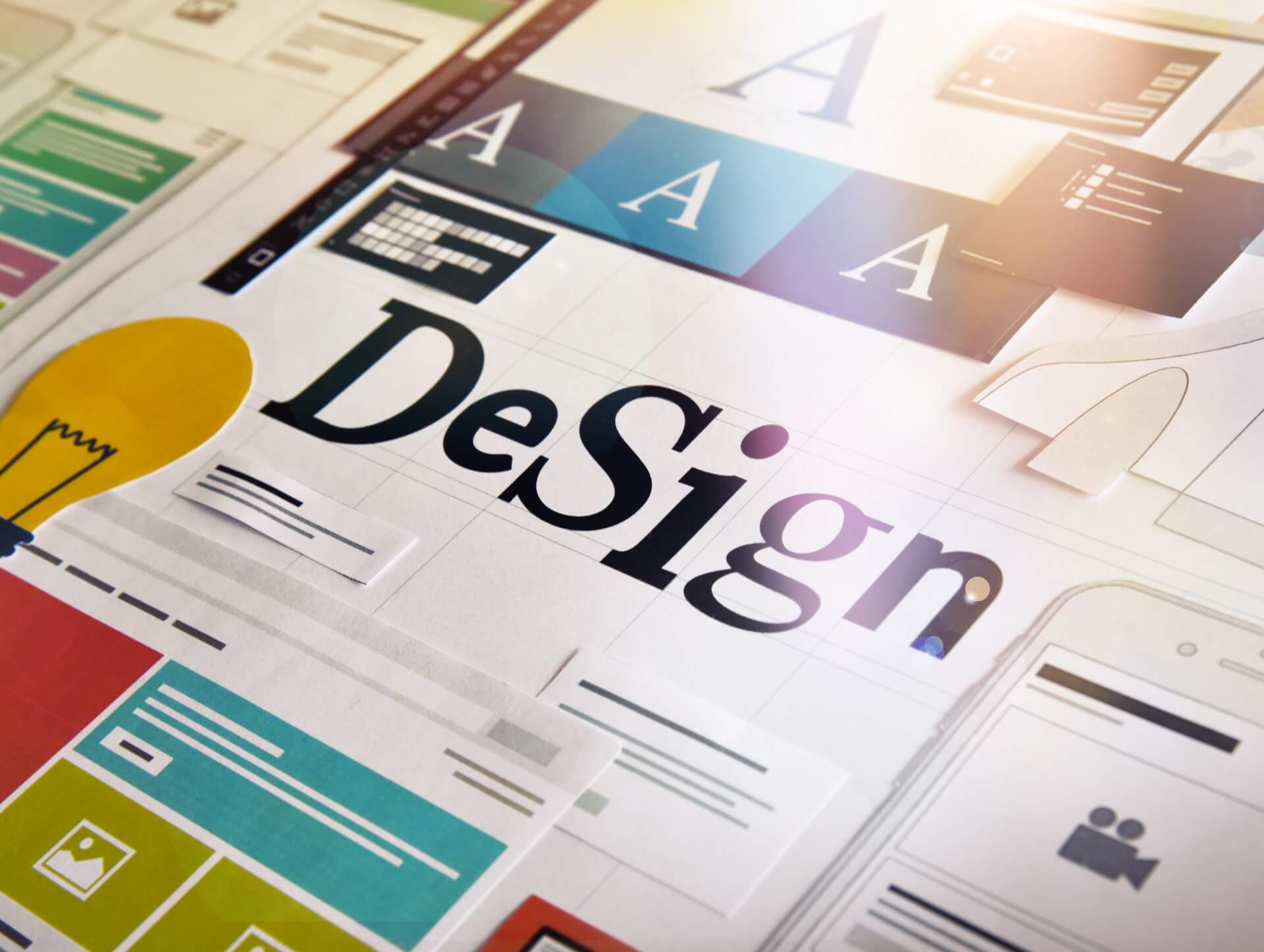The role of feedback in improving design collaboration

06/09/2023
Feedback plays a crucial role in the world of graphic design and brand identity. Whether it's for custom designs, monthly design services, or brand consistency, feedback is essential to ensure that the final product meets the client's expectations. Design consultation and creative collaboration thrive on feedback, allowing for ongoing creative support and tailored visual solutions. In this article, we will explore the importance of feedback in design partnerships and how it contributes to successful design projects.
1. Enhancing Communication and Understanding
Feedback serves as a communication tool between designers and clients. It allows both parties to express their thoughts, ideas, and concerns effectively. Through feedback, designers gain a deeper understanding of the client's vision, objectives, and preferences. It helps bridge the gap between the client's expectations and the designer's creative expertise.
Designers can use feedback to clarify any uncertainties and ensure that the design aligns with the client's brand identity. By actively listening to the client's feedback, designers can make the necessary adjustments and improvements to the design, ultimately resulting in a more tailored and satisfactory outcome.
Additionally, feedback fosters a collaborative environment where both the client and the designer feel heard and valued. It encourages open and transparent communication, leading to a stronger design partnership and a more successful project outcome.
2. Iterative Design Process
Feedback is an integral part of the iterative design process. Designers often present initial design concepts to clients for review and feedback. This allows clients to provide their input and suggestions, which designers can incorporate into the subsequent design iterations.
By implementing an iterative design process based on feedback, designers can refine and enhance their designs over time. This iterative approach ensures that the final design meets the client's expectations and requirements. It also allows for flexibility and adaptability, enabling designers to make changes and course corrections along the way.
Moreover, the iterative design process encourages ongoing collaboration and engagement between the client and the designer. It creates a feedback loop where ideas are continuously refined and improved, resulting in a more polished and effective design solution.
3. Building Trust and Long-Term Relationships
Feedback plays a crucial role in building trust and fostering long-term relationships between designers and clients. When clients feel that their feedback is valued and taken into consideration, it creates a sense of partnership and collaboration.
Designers who actively seek and incorporate client feedback demonstrate their commitment to delivering high-quality work. It shows that they are invested in the client's success and are willing to go the extra mile to meet their needs and expectations.
Furthermore, ongoing feedback and collaboration contribute to the development of a strong professional relationship. Designers who consistently provide exceptional design expertise and unlimited revisions build a reputation for themselves and become trusted partners for their clients.
4. Continuous Improvement and Growth
Feedback serves as a catalyst for continuous improvement and growth in the field of graphic design. By actively seeking feedback, designers can identify areas of improvement and refine their skills and techniques.
Constructive criticism and feedback from clients and peers provide valuable insights that designers can leverage to enhance their design capabilities. It allows designers to stay updated with the latest design trends, technologies, and best practices, ensuring that they deliver cutting-edge and innovative design solutions.
Additionally, feedback helps designers stay accountable and focused on delivering high-quality work. It serves as a benchmark for measuring progress and success, motivating designers to continuously strive for excellence.
Conclusion
Feedback is an invaluable tool in improving design collaboration. It enhances communication and understanding between designers and clients, fosters an iterative design process, builds trust and long-term relationships, and drives continuous improvement and growth.
Design partnerships that prioritize feedback and embrace ongoing creative support and design expertise are more likely to achieve exceptional results. By actively seeking and incorporating feedback, designers can create tailored design solutions that align with the client's brand identity and objectives.
Whether through monthly design services, retainer packages, or dedicated designer access, feedback is the key to unlocking the full potential of design collaboration. It empowers designers to exceed client expectations and deliver visually stunning and effective design solutions.
If you're looking for professional design collaboration, tailored visual identity, and ongoing creative support, consider partnering with our design experts. Our design consultation services provide unlimited revisions, design maintenance, and custom design solutions to help you achieve your branding goals. Contact us today to explore how our design expertise partnership can elevate your brand to new heights!
Contact us

Spanning 8 cities worldwide and with partners in 100 more, we’re your local yet global agency.
Fancy a coffee, virtual or physical? It’s on us – let’s connect!

